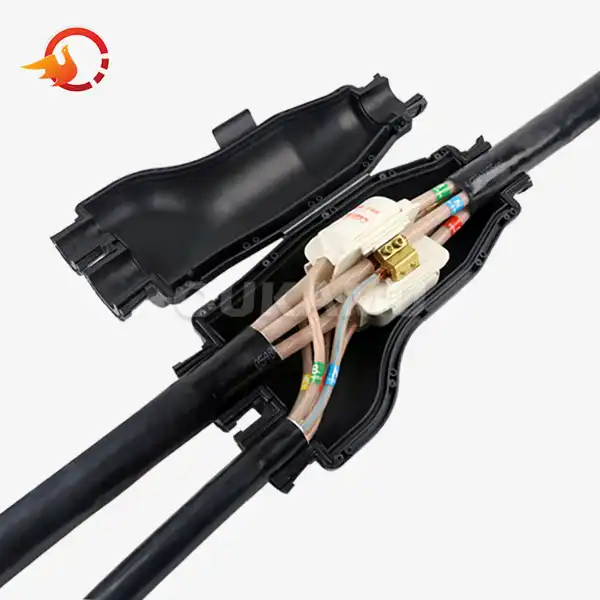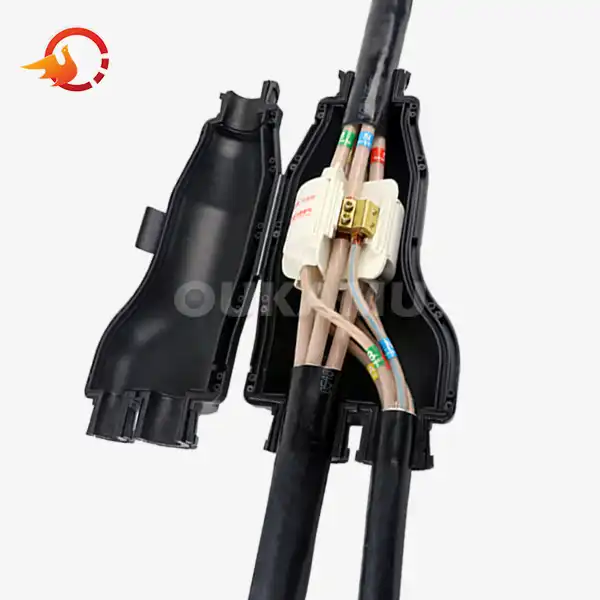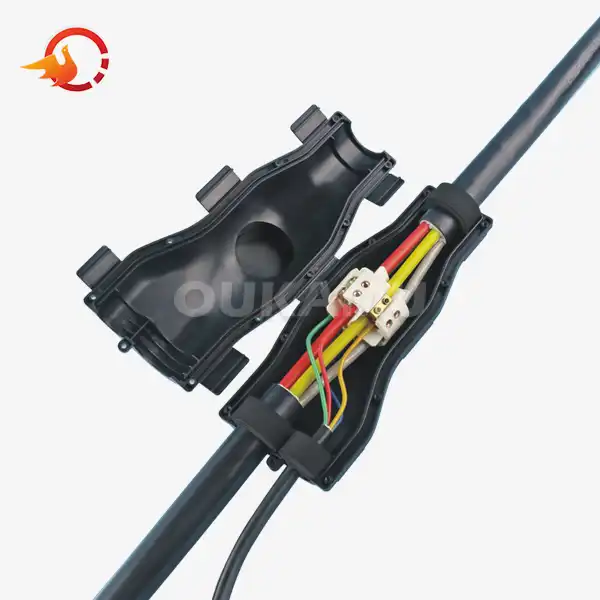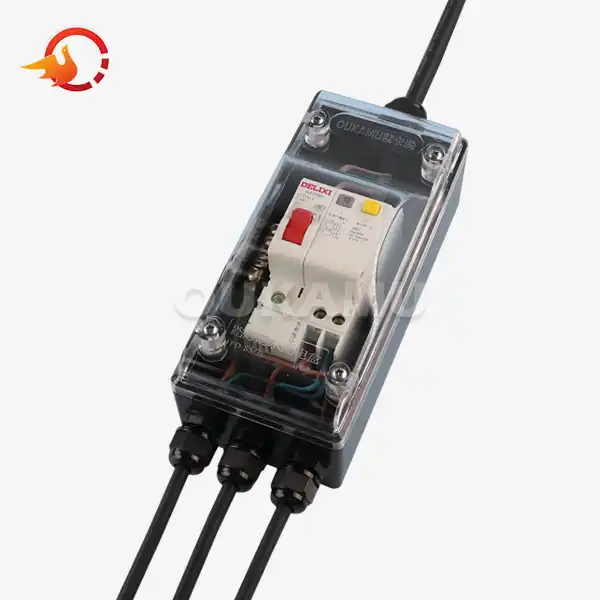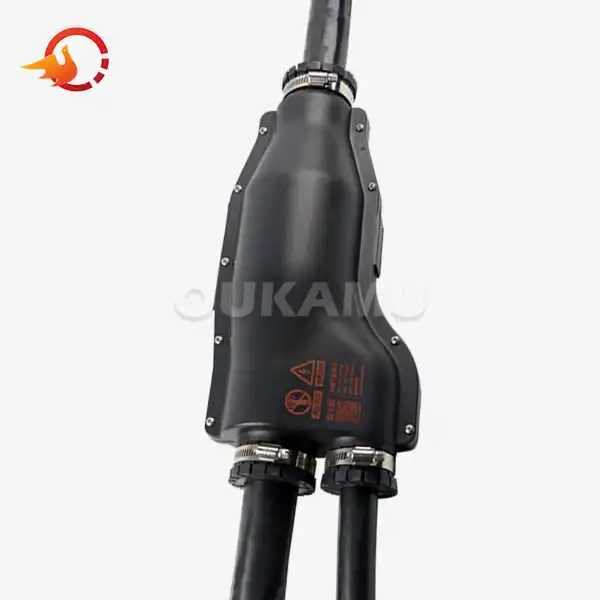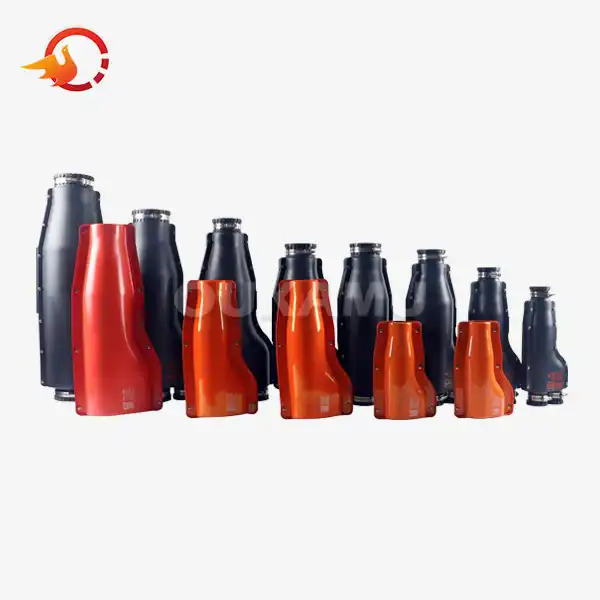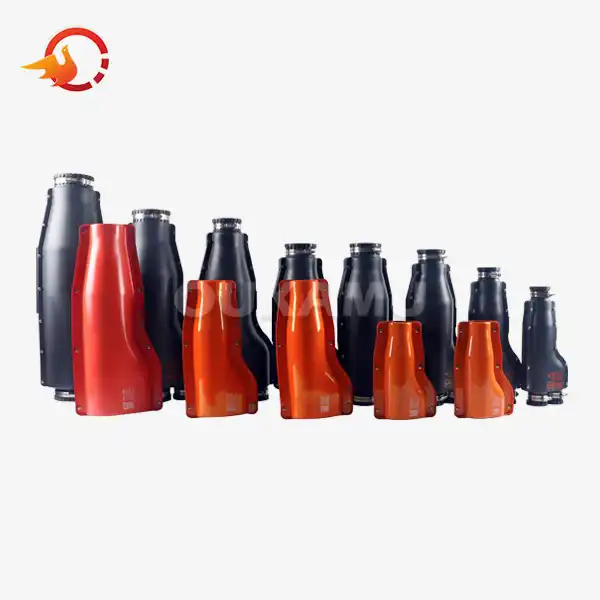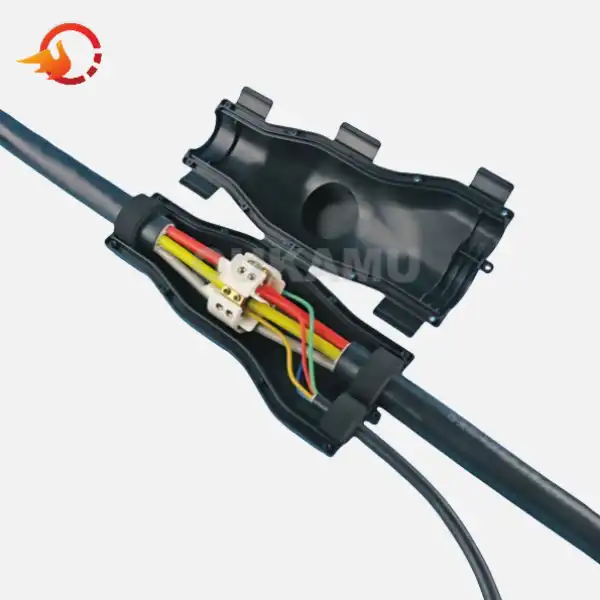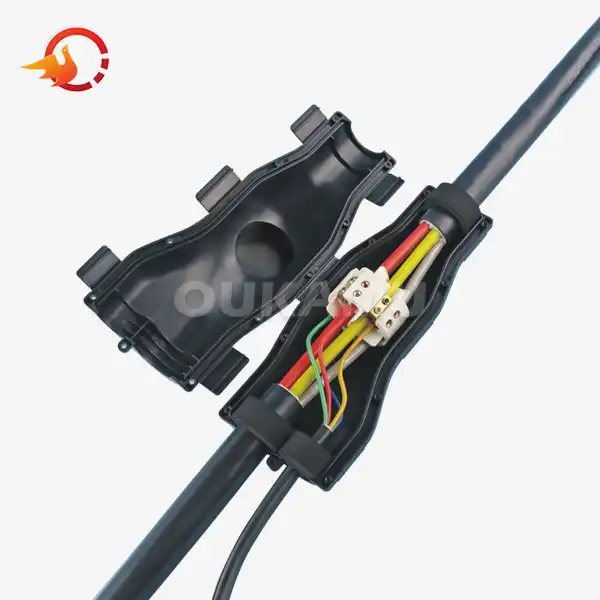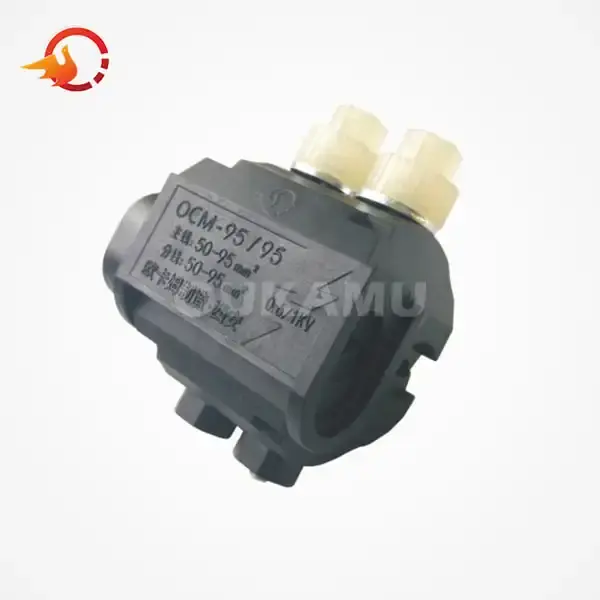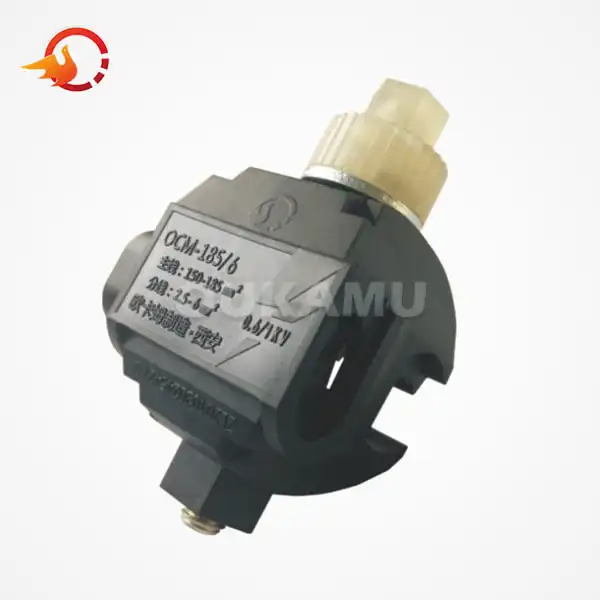How Does the Resin Cable Joint Kit Resist Electrochemical Corrosion?
 2025-04-29 10:05:02
View:389
2025-04-29 10:05:02
View:389Electrochemical corrosion is a significant concern in the electrical industry, particularly when it comes to cable joints and connections. The Resin Cable Joint Kit has emerged as a robust solution to combat this issue, offering superior protection against corrosion and ensuring the longevity of electrical installations. In this comprehensive guide, we'll explore the mechanisms behind the Resin Cable Joint Kit's resistance to electrochemical corrosion and why it's becoming an indispensable tool for electrical professionals.
Comprehending Electrochemical Corrosion in Cable Joints
Before delving into the protective qualities of the Resin Cable Joint Kit, it's crucial to understand the nature of electrochemical corrosion and its impact on cable joints. Electrochemical corrosion occurs when two dissimilar metals are in contact with an electrolyte, such as water or moisture. This contact creates a galvanic cell, leading to the degradation of one metal while the other remains relatively unaffected.
In the context of cable joints, this process can be particularly detrimental. The presence of moisture, coupled with the different metal compositions in cables and connectors, creates an ideal environment for corrosion to thrive. Over time, this corrosion can lead to:
- Increased electrical resistance
- Reduced conductivity
- Potential safety hazards
- Premature failure of the joint
- Costly repairs and replacements
The consequences of unchecked electrochemical corrosion extend beyond mere inconvenience, potentially compromising the integrity of entire electrical systems and posing serious safety risks.
The Role of Environmental Factors
Environmental conditions play a significant role in accelerating or mitigating electrochemical corrosion. Factors such as humidity, temperature fluctuations, and exposure to corrosive substances can exacerbate the problem. In industrial settings or outdoor installations, these environmental challenges are particularly pronounced, necessitating robust protective measures.
The Resin Cable Joint Kit: A Barrier Against Corrosion
The Resin Cable Joint Kit represents a significant advancement in cable joint protection technology. Its design and composition are specifically engineered to create an impenetrable barrier against the factors that contribute to electrochemical corrosion. Let's examine the key features that make this kit so effective:
High-Quality Resin Formulation
At the heart of the Resin Cable Joint Kit's corrosion resistance is its proprietary resin formulation. This high-performance resin is meticulously crafted to provide:
- Excellent adhesion to cable materials
- Resistance to moisture ingress
- Chemical stability in diverse environments
- Long-term durability under varying conditions
The resin's unique properties ensure that once applied, it forms a cohesive, waterproof seal around the cable joint. This seal effectively isolates the metallic components from potential electrolytes, thereby preventing the initiation of the electrochemical corrosion process.
Complete Encapsulation Technique
The application method of the Resin Cable Joint Kit is designed to achieve complete encapsulation of the joint. This technique ensures that:
- No air pockets or voids are left within the joint
- The entire surface area of the connection is protected
- Potential entry points for moisture are eliminated
By enveloping the joint entirely, the resin creates a seamless protective layer that not only guards against corrosion but also enhances the overall structural integrity of the connection.
Advanced Chemical Inhibitors
Many Resin Cable Joint Kits incorporate advanced chemical inhibitors into their formulation. These additives serve to:
- Neutralize corrosive agents that may come into contact with the joint
- Provide an additional layer of protection against oxidation
- Extend the service life of the joint by actively combating corrosive elements
The inclusion of these inhibitors represents a proactive approach to corrosion prevention, addressing potential threats even before they can initiate the corrosion process.
Practical Applications and Long-Term Benefits
The Resin Cable Joint Kit's ability to resist electrochemical corrosion makes it an invaluable asset in a wide range of applications. From underground installations to marine environments, the kit's protective properties ensure reliable performance under challenging conditions.
Versatility Across Industries
The versatility of the Resin Cable Joint Kit is evident in its adoption across various industries:
- Power distribution networks
- Telecommunications infrastructure
- Industrial manufacturing facilities
- Renewable energy installations
- Transportation systems
In each of these sectors, the kit's corrosion resistance contributes to enhanced system reliability and reduced maintenance requirements.
Cost-Effectiveness and Sustainability
While the initial investment in a high-quality Resin Cable Joint Kit may be higher than traditional jointing methods, the long-term benefits far outweigh the costs. By preventing electrochemical corrosion, the kit helps to:
- Reduce the frequency of joint failures and replacements
- Minimize downtime and associated operational losses
- Extend the overall lifespan of cable installations
- Improve the sustainability of electrical infrastructure
These factors contribute to a lower total cost of ownership and a more sustainable approach to electrical system management.
Enhanced Safety and Compliance
The corrosion resistance provided by the Resin Cable Joint Kit also plays a crucial role in maintaining safety standards and regulatory compliance. By preserving the integrity of electrical connections, the kit helps to:
- Prevent electrical faults caused by corrosion-induced failures
- Maintain consistent performance in safety-critical systems
- Meet stringent industry standards for electrical safety and reliability
This aspect is particularly important in industries where electrical failures can have severe consequences, such as in healthcare facilities or public transportation systems.
Conclusion
The Resin Cable Joint Kit's ability to resist electrochemical corrosion represents a significant advancement in cable protection technology. By creating an impenetrable barrier against moisture and corrosive agents, the kit ensures the long-term reliability and safety of electrical connections across a wide range of applications. As industries continue to demand more from their electrical infrastructure, solutions like the Resin Cable Joint Kit will play an increasingly vital role in maintaining system integrity and operational efficiency.
For professionals seeking to enhance the durability and performance of their electrical installations, the Resin Cable Joint Kit offers a proven solution to the persistent challenge of electrochemical corrosion. By investing in this advanced technology, organizations can protect their assets, improve safety, and reduce long-term maintenance costs.
For more information about cable connection products and how they can benefit your specific applications, please contact us at info@okmbranchcable.com. Our team of experts is ready to assist you in finding the optimal solution for your cable jointing needs.
References
1. Johnson, A. R., & Smith, B. T. (2020). Advanced Materials for Corrosion Prevention in Electrical Systems. Journal of Applied Electrochemistry, 50(4), 423-437.
2. Lee, C. H., & Park, S. Y. (2019). Electrochemical Corrosion Mechanisms in Cable Joints: A Comprehensive Review. Corrosion Science, 152, 80-93.
3. Garcia, M. E., & Rodriguez, F. J. (2021). Innovative Resin Formulations for Enhanced Corrosion Resistance in Electrical Connections. Progress in Organic Coatings, 151, 106072.
4. Thompson, R. D., & Wilson, K. L. (2018). Long-term Performance Evaluation of Resin-Based Cable Joint Protection Systems. IEEE Transactions on Power Delivery, 33(6), 2845-2853.
5. Yamamoto, H., & Tanaka, S. (2022). Environmental Factors Influencing Electrochemical Corrosion in Underground Cable Installations. Materials and Corrosion, 73(2), 267-280.






